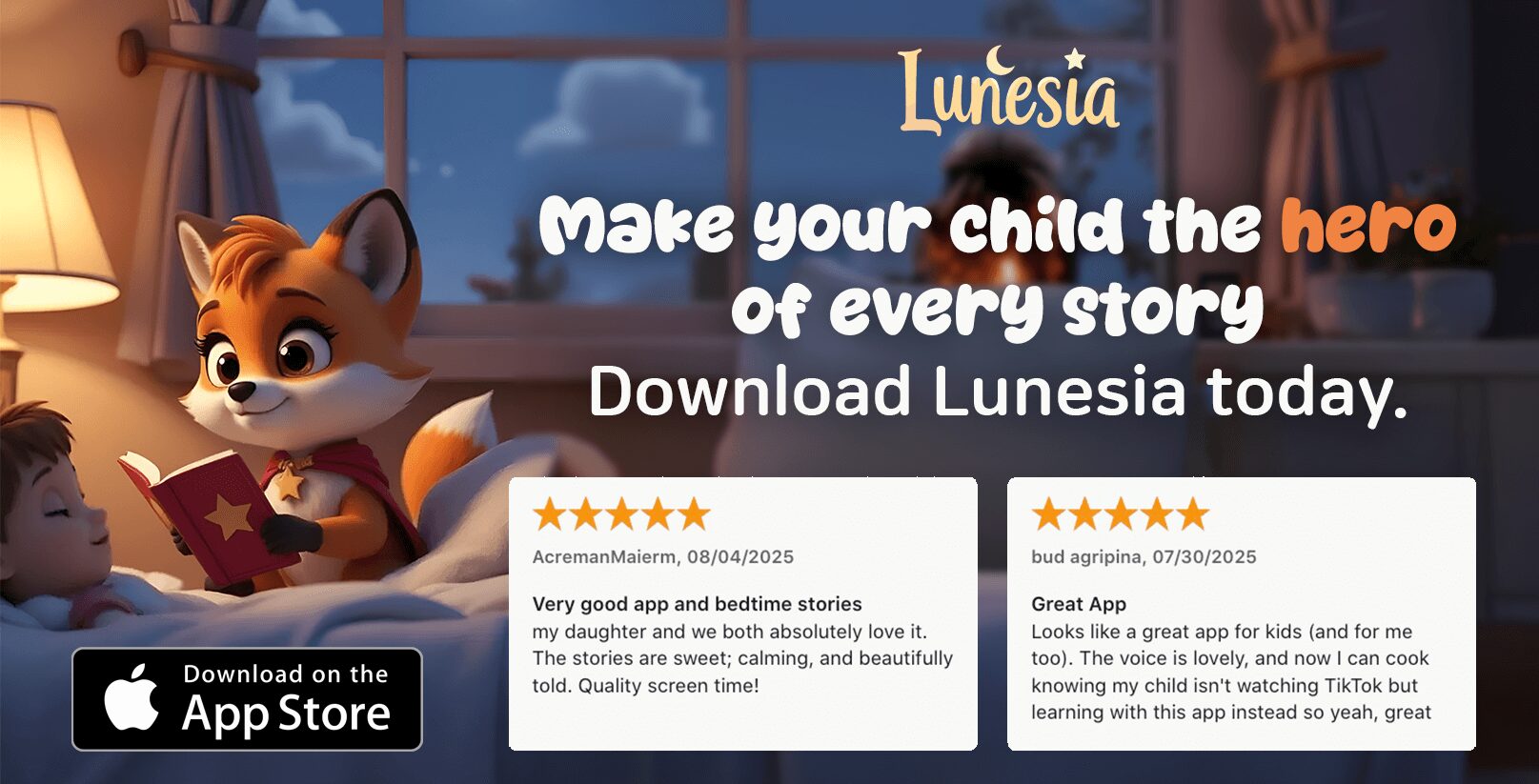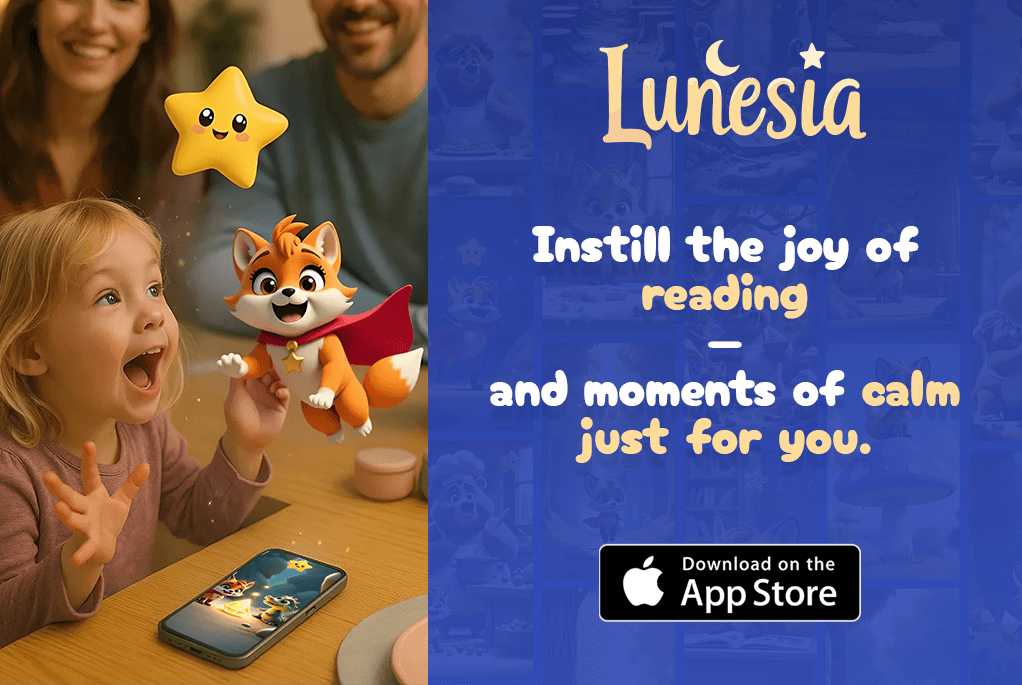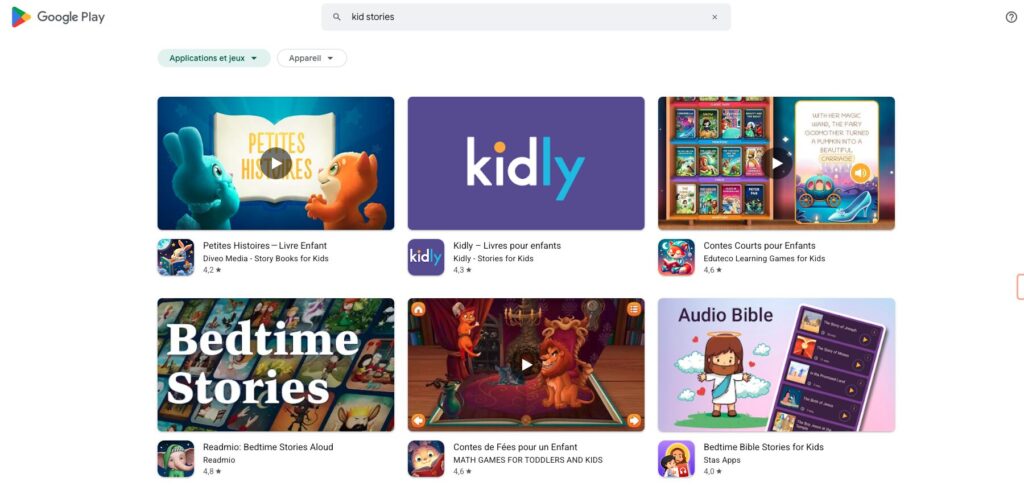When my daughter was in preschool, she struggled with separation anxiety. Every morning, she’d cling to me, tears streaming down her face. One day, her teacher suggested we try a nightly ritual—a cozy moment with a book. That’s when we discovered the magic of fairy tales and the power of a shared story.
As a parent, I quickly realized how this simple routine transformed her. Not only did it ease her anxiety, but it also sparked her love for learning. Research shows that reading to your child before bedtime nurtures early literacy, emotional security, and even prepares them for school.
Programs like the Home Lending Library and Tor Bank’s outreach highlight the importance of this practice. By integrating story-time into your nightly routine, you’re not just sharing a book—you’re building a foundation for lifelong learning and connection.
Establishing a Cozy Bedtime Routine
Creating a cozy routine for your child can transform their evenings into moments of calm and connection. A structured approach not only helps them wind down but also fosters a sense of security. Start by setting a consistent time for this ritual, signaling to your child that it’s time to relax and prepare for sleep.
Creating a Calm, Inviting Atmosphere
Soft lighting, comfortable seating, and welcoming décor can make all the difference. Dim the lights to create a soothing ambiance. Add a cozy blanket or pillows to make the space inviting. This setup helps your child associate the area with relaxation and love.
Turn off screens at least an hour before bed. The blue light from devices can disrupt sleep patterns. Instead, focus on calming activities like reading or gentle conversation. This transition period, often called the “magic hour,” prepares your child for a restful night.
Integrating the Right Reading Environment
Choose a quiet corner where you can snuggle up with a book. A dedicated reading nook can make the experience even more special. Use a mix of age-appropriate fairy tales and engaging stories to capture their imagination.
Programs like the Home Lending Library offer a variety of books to keep the routine fresh and exciting. Sensory story boxes can also enhance the experience, making it interactive and fun. These tools help your child connect with the story on a deeper level.
As a parent, your calm presence is key. Model relaxed behavior and set aside distraction-free moments for reading. This not only reassures your child but also strengthens your bond. Over time, this routine will become a cherished part of their day, nurturing both literacy and emotional growth.
How the “big bedtime read” Boosts Language and Learning Skills
Storytelling has always been a bridge to understanding the world for children. It’s more than just a nightly ritual—it’s a powerful tool for nurturing early literacy and cognitive development. When you share a book with your child, you’re opening doors to endless adventures and learning opportunities.

Nurturing Early Literacy through Storytelling
Reading aloud to your child activates their imagination and strengthens their language skills. According to the Getting Ready to Learn scheme, early reading experiences are critical in developing vocabulary and comprehension. Stories, especially fairy tales, help bridge the gap between oral language and reading.
Consistent storytelling routines also stimulate early literacy. When children hear a story regularly, they begin to recognize patterns, sounds, and words. This foundation prepares them for school and beyond. Research shows that children who are read to frequently have a stronger command of language and a broader vocabulary.
Here’s how storytelling benefits your child:
- Expands their imagination and creativity.
- Builds vocabulary and comprehension skills.
- Encourages a love for learning and exploration.
As a parent, your role is vital. By engaging in shared reading, you’re not just teaching—you’re bonding. This connection fosters emotional security and a lifelong love for books. Whether it’s a classic fairy tale or a new adventure, every story you share leaves a lasting impact.
Fostering Emotional Growth and Empathy
One evening, as I sat with my son and opened a favorite book, I noticed how it sparked a deep conversation about feelings. Stories, especially fairy tales, have a unique way of helping children explore emotions and understand the world around them. This shared experience not only strengthens bonds but also nurtures emotional intelligence.
When you read together, you create a safe space for your child to express their thoughts. Discussing characters’ feelings can lead to meaningful conversations about empathy and compassion. For example, asking, “How do you think the character felt?” encourages your child to reflect and relate.
Building Emotional Bonds through Shared Reading
Regular story sessions foster a strong emotional link between parent and child. Programs like Tor Bank’s shared reading initiatives highlight how this practice builds trust and understanding. By consistently dedicating time to read, you show your child that their emotions matter.
Here are some practical strategies to make reading a mutual, empathetic experience:
- Choose stories that reflect diverse emotions and experiences.
- Encourage your child to share their thoughts about the characters.
- Use voice modulation and facial expressions to bring the story to life.
Reading together also helps children aged 7-12 develop resilience. Stories of courage and kindness teach them how to navigate challenges. This not only prepares them for school but also for life.
| Benefit | How It Helps |
|---|---|
| Emotional Awareness | Children learn to identify and express their feelings. |
| Empathy Development | Understanding characters’ emotions fosters compassion. |
| Family Connection | Shared reading strengthens bonds and creates lasting memories. |
By integrating these practices into your routine, you’re not just reading a book—you’re nurturing emotional growth and building a foundation for lifelong empathy.
Exploring Engaging Stories: Fairy Tales and Adventures
As a parent, I’ve always believed in the magic of storytelling to spark curiosity and imagination in my child. Whether it’s a classic fairy tale or a modern adventure, the right book can transport them to new worlds and teach valuable lessons.

Choosing age-appropriate tales for children aged 7-12 is key. At this age, they’re ready for more complex narratives that challenge their thinking while still being relatable. A mix of traditional fairy tales and contemporary adventures can keep their interest alive.
Why Fairy Tales and Adventures Matter
Fairy tales are timeless. They offer moral lessons and creative storytelling that resonate emotionally. Stories like “Cinderella” or “The Three Little Pigs” teach resilience and kindness. Modern adventures, on the other hand, introduce diverse themes and characters that reflect today’s world.
Here’s how to choose the right story for your child:
- Look for themes that align with their interests, whether it’s magic, science, or friendship.
- Ensure the language and content are suitable for their age and comprehension level.
- Balance entertainment with educational value to broaden their literary horizons.
For example, books like “Charlotte’s Web” or “Harry Potter” are perfect for this age group. They combine adventure with relatable themes, making them both engaging and meaningful.
| Story Type | Benefits |
|---|---|
| Fairy Tales | Teach moral lessons and spark imagination. |
| Modern Adventures | Introduce diverse themes and relatable characters. |
| Age-Appropriate Books | Ensure content is both entertaining and educational. |
By carefully selecting stories, you’re not just entertaining your child—you’re nurturing their love for reading and preparing them for school and beyond. A well-chosen book can be a gateway to endless possibilities.
Parental Involvement: Sharing the Story Box Experience
Using sensory story boxes has transformed our evening routine into a fun and educational activity. These tools, combined with resources like home lending libraries, can make reading more interactive and engaging for children aged 7-12. As a parent, I’ve seen firsthand how these methods foster a love for fairy tales and adventures.
Leveraging Home Lending Libraries and Sensory Story Boxes
Home lending libraries, like those supported by the Tor Bank initiative, offer a variety of books and sensory items. These resources are perfect for creating a dynamic reading experience. Sensory story boxes, for example, include tactile objects that bring the story to life. This approach not only enhances comprehension but also sparks creativity.
Here’s how to make the most of these tools:
- Choose books that align with your child’s interests, such as fairy tales or adventures.
- Incorporate sensory items like textured fabrics or small toys to represent characters or settings.
- Encourage your child to explore the box and share their thoughts about the story.
Practical Tips for Daily Shared Reading Routines
Consistency is key when building a shared reading routine. Set aside a specific time each evening to read together. This practice not only strengthens family bonds but also supports your child’s emotional and cognitive development.
Here are some strategies to enhance your routine:
- Rotate books regularly to keep the experience fresh and exciting.
- Use voice modulation and gestures to make the story more engaging.
- Discuss the characters’ emotions to nurture empathy and understanding.
By integrating these practices, you’re not just reading a book—you’re creating lasting memories and fostering a lifelong love for learning.
Utilizing Community and School Resources for Bedtime Reading
As a parent, I’ve found that community resources can be a game-changer for enriching our nightly reading routine. From workshops to family support groups, these programs offer valuable tools to make storytelling more engaging and effective.
Participating in local workshops has been a highlight for us. These sessions often focus on enhancing storytelling techniques, such as using voice modulation or incorporating props. For example, a recent workshop introduced us to themed story boxes, like a Halloween kids horror set, which added a fun twist to our routine.
Benefits of Family Support Groups
Family support groups are another fantastic resource. They provide a space to share experiences and advice with other parents. I’ve learned so much from these gatherings, from book recommendations to creative ways to keep my child engaged. One parent shared how they use a bag of props to bring fairy tales to life, which we’ve since adopted.
Community initiatives, like public library programs, also play a crucial role. Many libraries offer free storytime sessions and lending programs tailored for children age 7-12. These resources not only make reading accessible but also reinforce its importance in a child’s development.
School Resources and Their Impact
Schools are another key ally. Many school programs encourage reading through events like book fairs or reading challenges. My child’s school recently hosted an adventures age 7-12 theme week, which sparked their interest in new genres. Teachers also provide valuable tips on selecting age-appropriate books that align with their learning goals.
Here are some practical ways to integrate community and school advice into your routine:
- Attend local workshops to learn new storytelling techniques.
- Join family support groups for shared experiences and book recommendations.
- Utilize library programs and themed story boxes to keep reading fresh and exciting.
- Engage with school initiatives to reinforce the importance of reading at home.
By tapping into these resources, you’re not just enhancing your child’s reading experience—you’re building a supportive network that fosters a lifelong love for books. Whether it’s through a fairy tale or a spooky kids horror story, these tools make every reading session memorable.
Conclusion
From my experience, integrating storytelling into our nightly routine has been transformative for my child’s growth. Establishing a consistent habit not only boosts their language skills but also strengthens our family bond. Research shows that shared reading enhances brain development and fosters emotional security, especially for children age 7-12.
Community resources, like home lending libraries and sensory story boxes, add an interactive layer to this practice. These tools make storytelling engaging and help children connect with the narrative on a deeper level. As a parent, I’ve found that these moments create lasting memories and nurture a love for learning.
Trust your instincts and craft a routine that works for your family. Whether it’s a classic tale or a Halloween kids horror story, every book you share builds a foundation for lifelong curiosity and connection. Transform everyday moments into nurturing experiences that benefit both you and your child.
FAQ
Why is the "big bedtime read" important for my child’s development?
The “big bedtime read” helps nurture language skills, boosts learning, and fosters emotional growth. It’s a special time to bond and create lasting memories.
How can I create a cozy bedtime routine for my child?
Start by setting a calm atmosphere with soft lighting and comfortable seating. Choose engaging stories that match your child’s age and interests to make the experience inviting.
What types of stories are best for children aged 7-12?
Fairy tales, adventures, and age-appropriate tales are perfect for this age group. They spark imagination and teach valuable life lessons in a fun way.
How does shared reading help build emotional bonds?
Reading together creates a safe space for connection. It allows you to discuss emotions, characters, and lessons, helping your child feel understood and supported.
What are sensory story boxes, and how can they enhance reading time?
Sensory story boxes include tactile elements like props or textures that bring stories to life. They make reading interactive and engaging, especially for younger children.
How can I involve my child’s school or community in our reading routine?
Participate in workshops, join family support groups, or explore home lending libraries. These resources provide fresh ideas and encourage a love for reading.
What are some practical tips for daily shared reading routines?
Set a consistent time, let your child choose stories, and encourage them to ask questions. Keep it fun and stress-free to make it a cherished part of your day.




